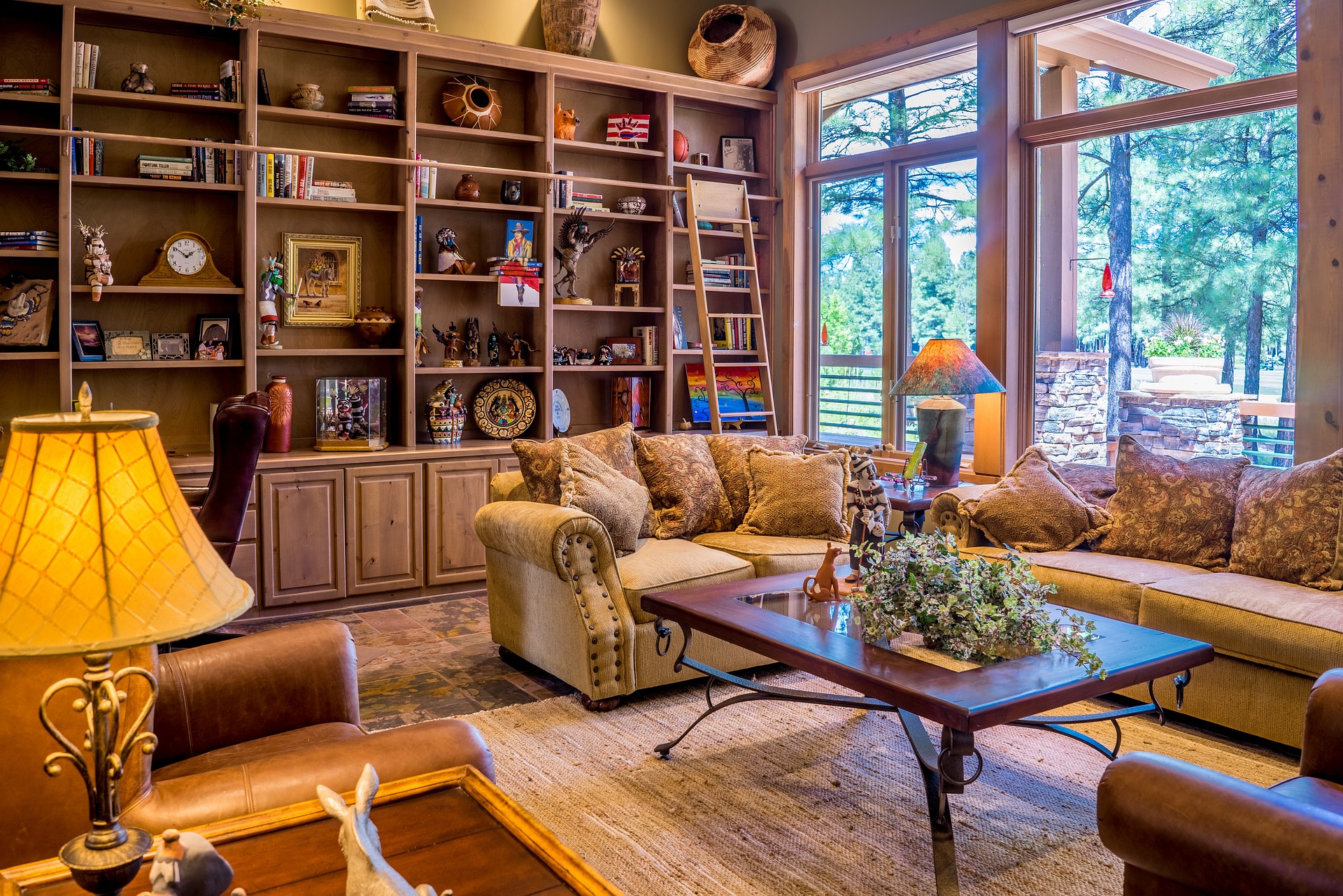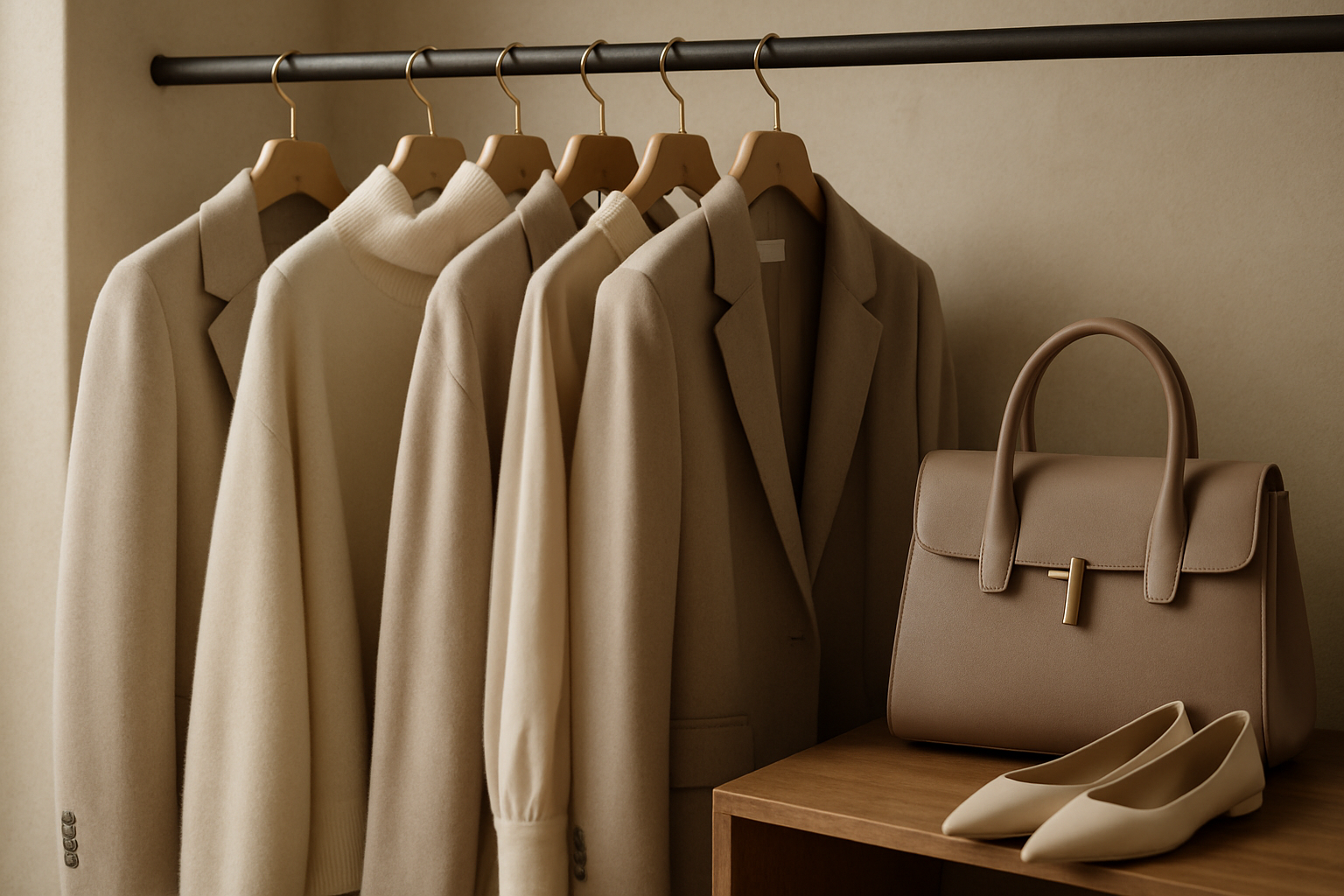Embracing the Wabi-Sabi Aesthetic in Modern American Homes
In a world dominated by sleek minimalism and polished perfection, a quiet revolution is taking place in American interior design. The ancient Japanese philosophy of wabi-sabi is making its way into our living spaces, offering a refreshing perspective on beauty and imperfection. This artful approach to home decor celebrates the charm of weathered objects, natural materials, and the passage of time, creating spaces that are both serene and deeply personal.
The Origins of Wabi-Sabi
Wabi-sabi is a concept deeply rooted in Japanese aesthetics and philosophy, dating back to the 15th century. Originally stemming from Buddhist teachings, it emerged as a reaction to the prevailing opulence and perfectionism in art and design. The term wabi-sabi combines two distinct ideas: wabi, which refers to the beauty found in simplicity and impermanence, and sabi, which embraces the patina and imperfections that come with age.
In traditional Japanese culture, this philosophy manifested in various art forms, including the tea ceremony, pottery, and garden design. It celebrated the beauty of natural processes, asymmetry, and the marks left by time and use. Now, centuries later, this ancient wisdom is finding new relevance in modern American homes, offering a counterpoint to the often sterile and mass-produced nature of contemporary design.
Wabi-Sabi in Interior Design
Incorporating wabi-sabi into American homes involves a shift in perspective more than a strict set of design rules. It’s about finding beauty in the imperfect, incomplete, and impermanent aspects of our living spaces. This approach encourages homeowners to embrace natural materials, handcrafted items, and objects that show signs of wear and age.
In a wabi-sabi inspired interior, you might find rough-hewn wooden beams contrasting with smooth plastered walls, or handmade pottery displayed alongside modern appliances. The key is to create a balance between old and new, perfect and imperfect. Colors tend to be muted and earthy, drawing from nature’s palette. Textures play a crucial role, with an emphasis on natural fibers, raw materials, and surfaces that invite touch.
The Appeal of Imperfection
One of the most striking aspects of wabi-sabi in home design is its celebration of imperfection. In a culture often obsessed with newness and flawlessness, this philosophy offers a refreshing alternative. It allows homeowners to see beauty in the cracks, chips, and wear that come with use and time.
This approach not only creates more relaxed and livable spaces but also promotes a more sustainable attitude towards home decor. Instead of constantly replacing items to maintain a pristine appearance, wabi-sabi encourages us to appreciate and preserve objects as they age. A scratched wooden table becomes a record of family meals shared, while a worn leather armchair tells the story of countless hours of comfort and relaxation.
Craftsmanship and Authenticity
Central to the wabi-sabi aesthetic is an appreciation for craftsmanship and authenticity. This aligns well with the growing interest in artisanal and handcrafted goods in American consumer culture. Wabi-sabi interiors often feature unique, handmade items that carry the imprint of their creator.
This focus on craftsmanship extends beyond decorative objects to the very structure of the home. Exposed beams, hand-troweled plaster walls, and custom-built furniture all contribute to a sense of authenticity and connection to the making process. These elements not only add visual interest but also create a deeper sense of home, one that feels truly personal and lived-in.
Bringing Nature Indoors
Another key aspect of wabi-sabi design is its strong connection to nature. This philosophy encourages bringing elements of the natural world into our homes, not just through plants, but through materials, textures, and forms inspired by nature.
Stone, wood, clay, and natural fibers feature prominently in wabi-sabi interiors. These materials are often left in their raw state or minimally processed to maintain their natural characteristics. Indoor plants are chosen not for their perfect symmetry, but for their unique growth patterns and seasonal changes. Even the way light is used in these spaces often mimics natural light, with soft, diffused illumination preferred over harsh, artificial lighting.
The Psychological Benefits of Wabi-Sabi Spaces
Beyond its aesthetic appeal, the wabi-sabi approach to home design can have significant psychological benefits. In a world that often feels chaotic and fast-paced, these serene, imperfect spaces offer a much-needed respite. They encourage mindfulness and a slower pace of life, inviting us to pause and appreciate the subtle beauty around us.
Moreover, by embracing imperfection in our homes, we may find it easier to accept imperfection in ourselves and our lives. This can lead to reduced stress and a greater sense of contentment. The wabi-sabi home becomes a sanctuary, not of perfection, but of acceptance and peace.
Implementing Wabi-Sabi in Your Home
For those interested in incorporating wabi-sabi principles into their homes, the process can be gradual and deeply personal. It might start with simply allowing a piece of furniture to age gracefully instead of refinishing it, or by introducing handcrafted ceramics into your dinnerware collection.
Key to this approach is curating your possessions thoughtfully, choosing items not just for their functionality or trendiness, but for their ability to evoke emotion and tell a story. It’s about creating a home that feels authentic to you, that changes and grows with you over time.
As we continue to navigate an increasingly digital and fast-paced world, the appeal of wabi-sabi in our homes is likely to grow. This ancient philosophy offers a way to create living spaces that are not just beautiful, but meaningful, comfortable, and deeply connected to the rhythms of life and nature. In embracing the imperfect, we may just find a perfect antidote to the stresses of modern living.





